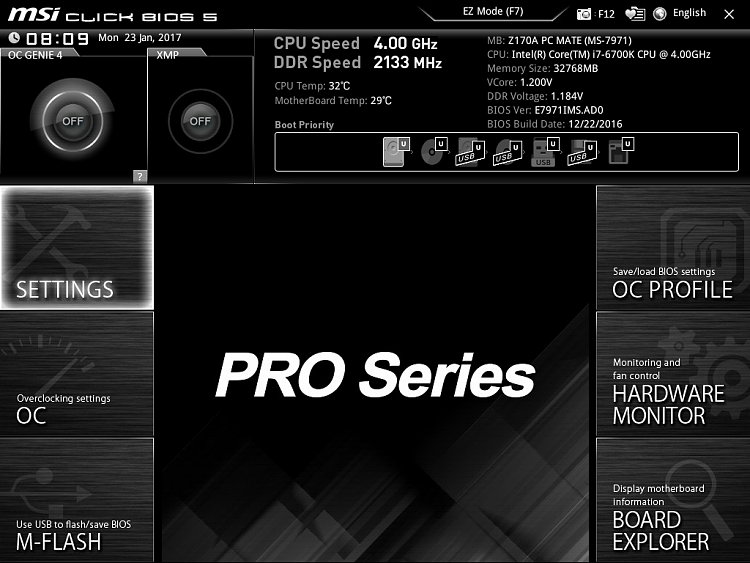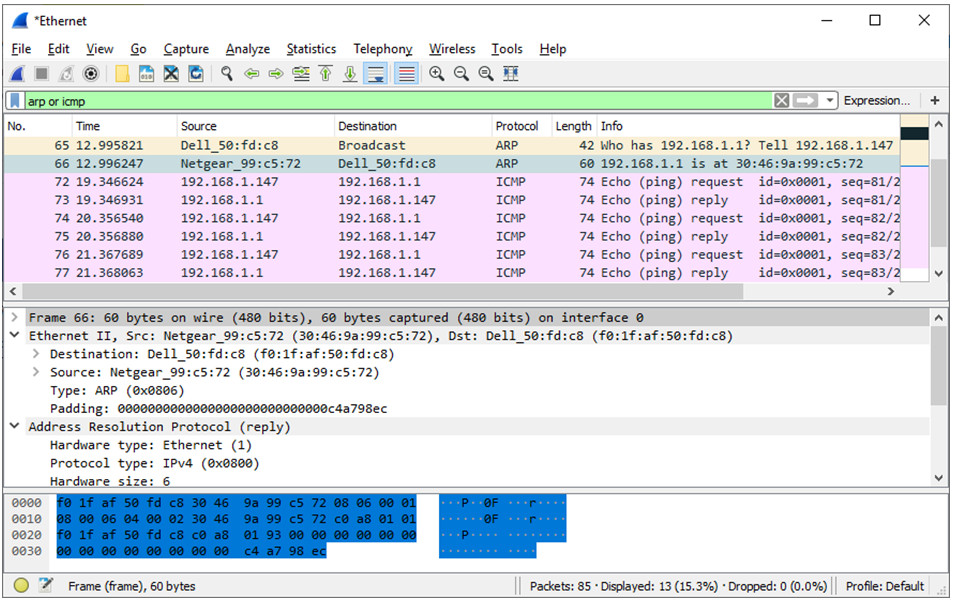

Now, you should see a new entry in UEFI boot menu with the bootmgr command. The default target is i386-pc, which is for traditional BIOS firmware. X86_64-efi means that we are going to install Grub for UEFI firmware. sudo grub-install /dev/sda -target=x86_64-efi -efi-directory=/boot/efi/ Then mount the EFI system partition (ESP) under /boot/efi/ directory. Then make sure it has the EFI version of GRUB boot loader installed.ĭebian/Ubuntu/Linux Mint sudo apt install grub-efiįedora sudo dnf install grub2-efi-modules If you have installed multiple Linux distributions on your computer, but one of the Linux distribution doesn’t have a UEFI boot entry, you can manually add it.īoot into the Linux distro that doesn’t have UFEI boot entry. All you have to do is move it to the left of 0013 and press Enter. Let’s say you want 0012 to be the first boot entry. Then type in the following command sudo efibootmgr -oĪnd append the boot order to the above command. Changing Boot Orderįirst, copy the current boot order. The above screenshot shows that my EFI system partition (ESP) is on the 7th partition of my hard disk (/dev/sda7). You can see the EFI system partition number, the partition table type (GPT), UUID of the EFI system partition and the boot loader file.

You can also add -v option to show verbose information. The asterisk (*) means the boot entry is active. Each boot entry is identified by a boot number in hexadecimal. This command allows you to view the default boot entry (BootCurrent), boot order and all boot entries. In some Linux distributions like Debian, you need to run it with sudo privilege. You can install the efibootmgr command line utility with the following commands.ĭebian/Ubuntu/Linux Mint sudo apt install efibootmgrįedora, CentOS, RedHat sudo dnf install efibootmgrĪrch Linux/Manjaro sudo pacman -S efibootmgr 1 Displaying Current Settings

It’s assumed that you have installed Linux in UEFI mode. This tutorial shows you how to use efibootmgr with 5 examples. The Linux efibootmgr command line utility is very handy when it comes to managing UEFI boot menu.


 0 kommentar(er)
0 kommentar(er)
